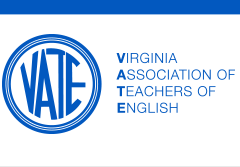Abstract
In an effort to meet the wide-ranging capacities and even wider-ranging levels of student motivation in ELA classrooms, exacerbated by the COVID-19 pandemic, teachers are tasked with examining current instructional practices through the lenses of efficacy and engagement. Disengagement, worsened by an over-reliance on prescriptive structures like the five-paragraph essay, hampers students' growth and independence. This essay explores how scaffolding, particularly through student choice, can nurture students' intellective capacity and foster genuine engagement with literacy. By embracing student interests and providing opportunities for authentic analysis, educators can empower students to navigate complex texts and develop nuanced thinking skills essential for success beyond the classroom. Through small shifts in instructional practices, teachers can unlock students' potential and cultivate confident, independent thinkers and writers poised for academic advancement.
Recommended Citation
Blevins, Amanda
(2024)
"Shifting Scaffolds: Building Intellective Capacity Through Student Choice,"
Virginia English Journal: Vol. 72:
Iss.
1, Article 3.
Available at:
https://digitalcommons.bridgewater.edu/vej/vol72/iss1/3
Included in
Curriculum and Instruction Commons, English Language and Literature Commons, Language and Literacy Education Commons

